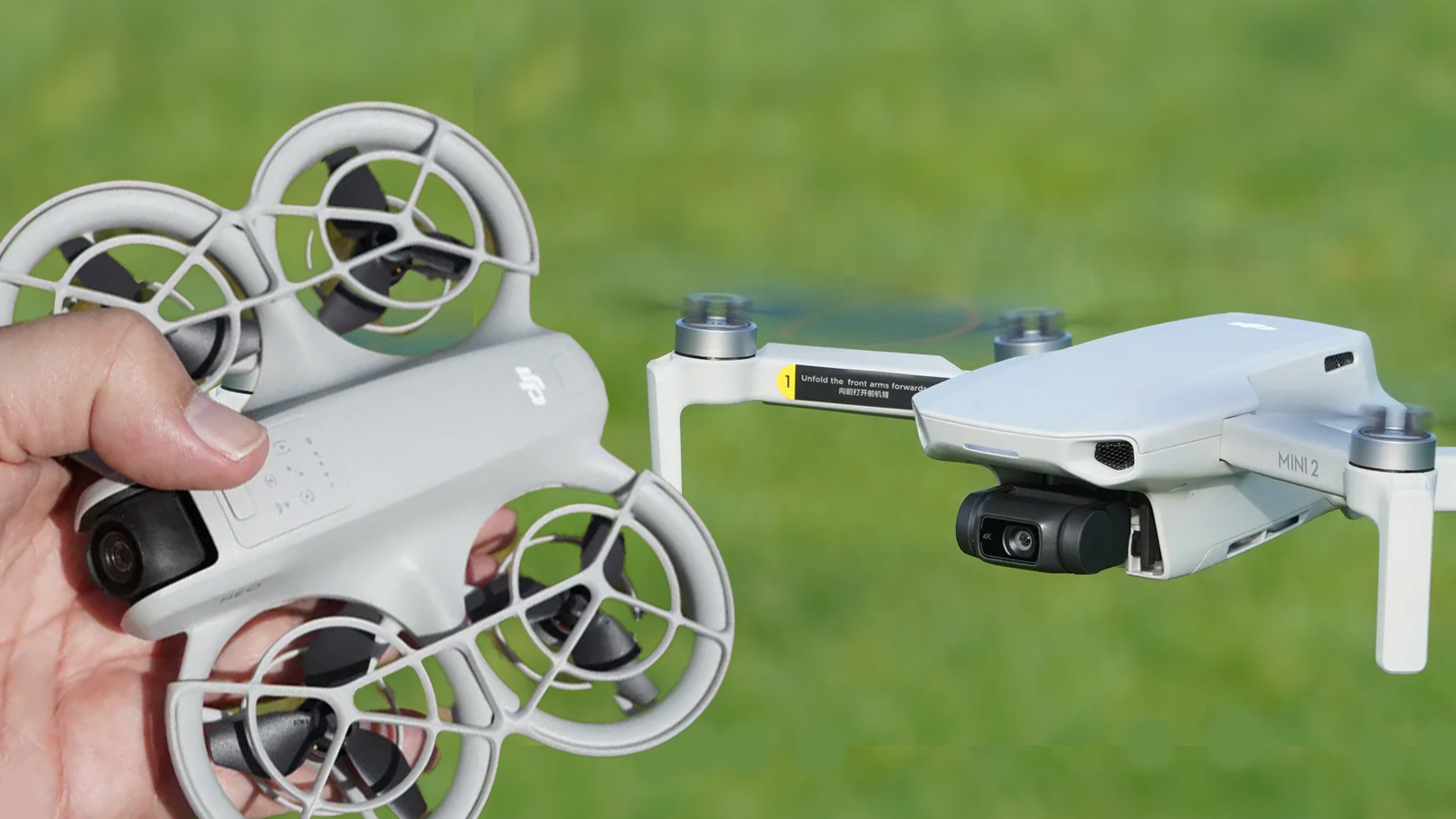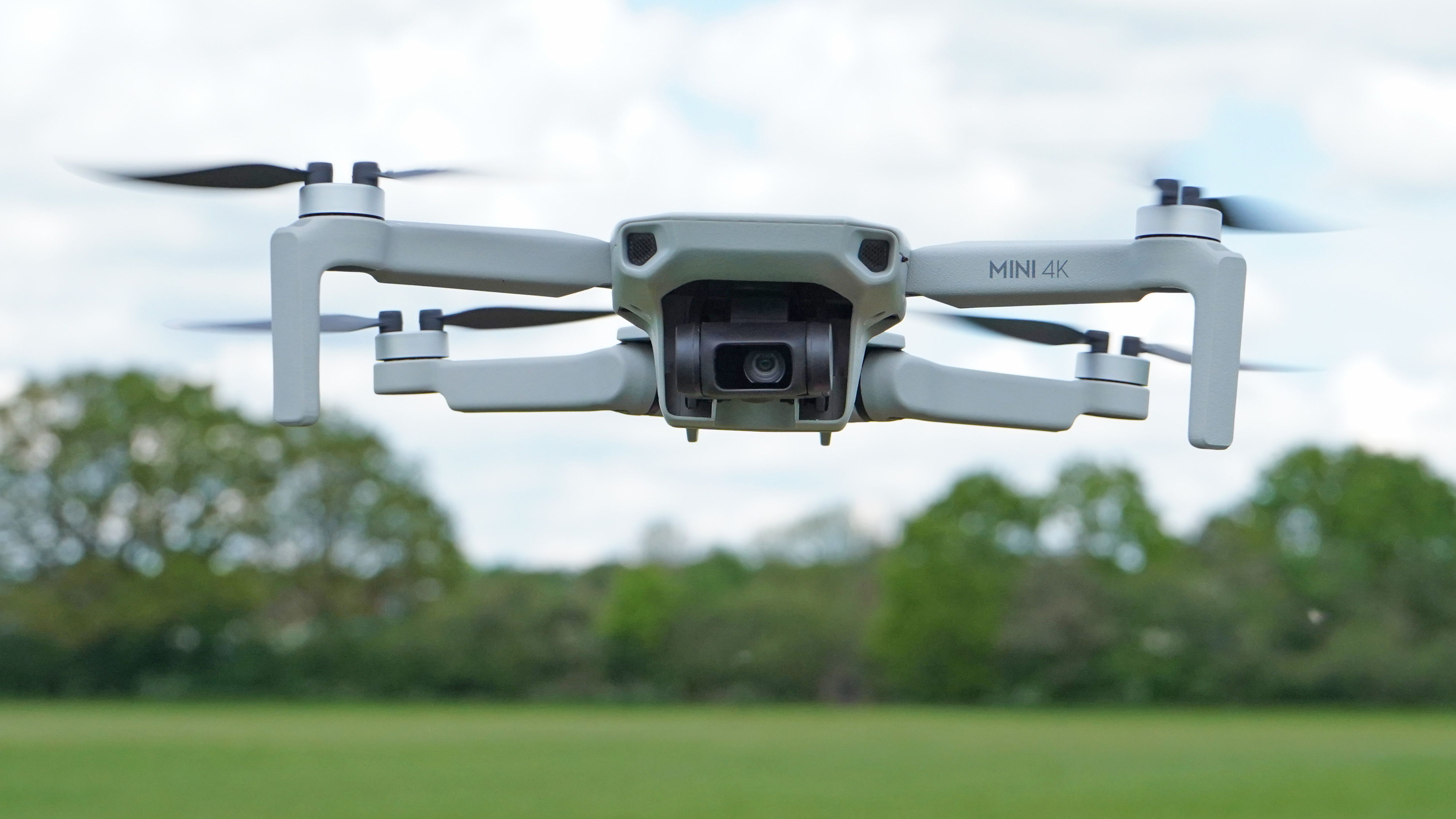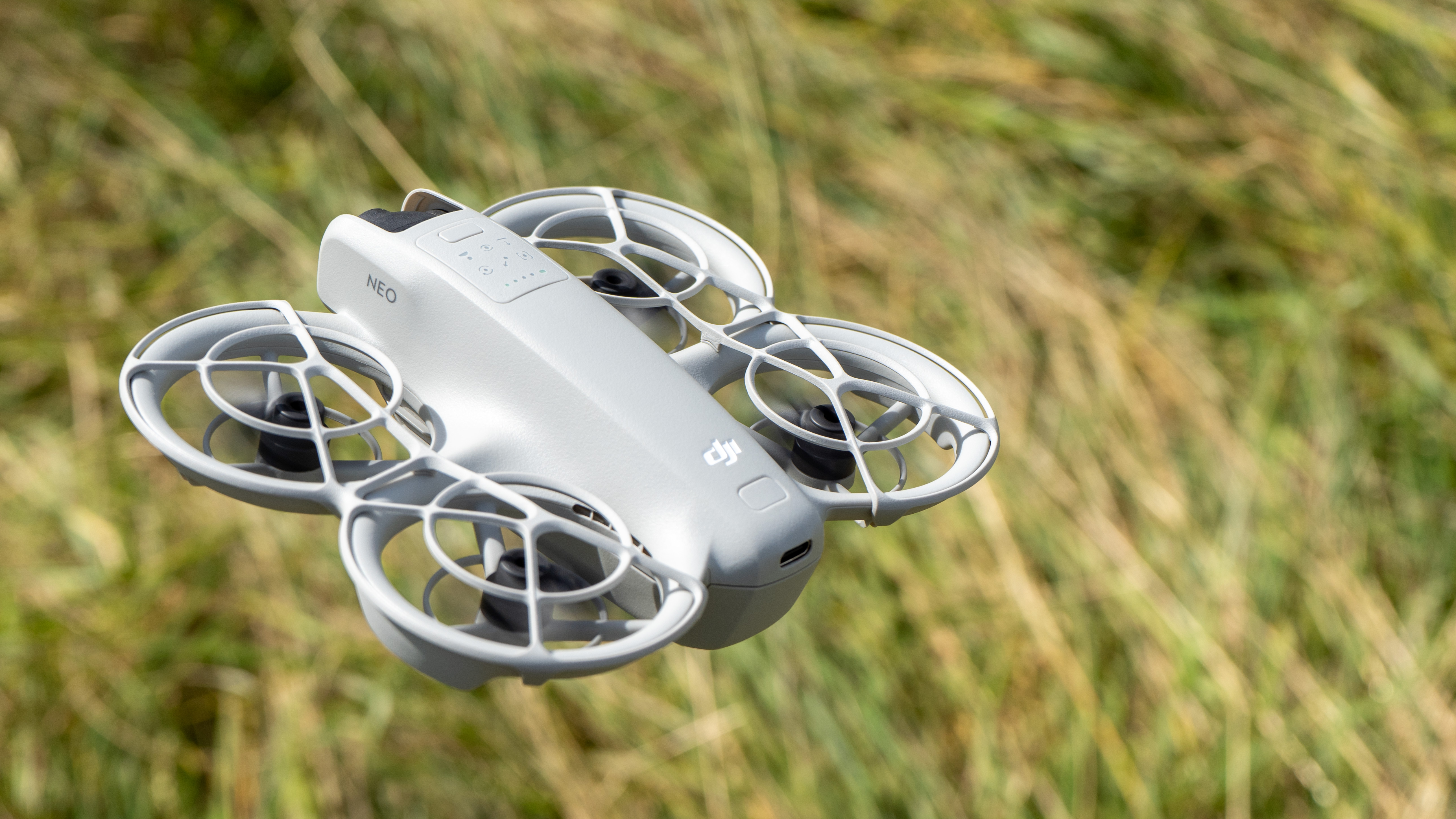
The DJI Mini 2 is still the drone that a lot of people are told to buy as the sensible value drone, but that is old advice. As the DCW drone expert I'm saying there are now – in the second half of 2024 – at least two better alternatives!
Foe one thing, there is a lot of confusion surrounding the name of the DJI Mini 2 when it comes to the best DJI drone, and that's understandable because there were two nearly identical-looking drones released at different points called the DJI Mini 2 and the DJI Mini 2 SE.
As the name suggests, the Mini 2 was the second 'ultralight' drone from DJI (meaning that it weights below 250g, a weight which is deemed safe for a lot more uses by regulators around the world). It had a 4K camera. The Mini 2 SE was an updated version of the 'Mini SE', DJI's cut-price basic drone that had only a 2.7K camera.
The thing is both have effectively been replaced by the DJI Mini 4K because that drone has the same resolution, weight category and radio tech. Since all of these drones are built on pretty much the same airframe (the original Mini was a little more susceptible to crosswinds), there isn't really a material difference for most users, save for a few camera settings. And for anyone interested in camera settings, you should be looking at the Mini 4 Pro which is much more flexible (it can even turn its camera to portrait format to satisfy the social media world).

There are a few minor features from the Mini 2 that are not in the Mini 4K; it lacks 4x digital zoom and DJI's "QuickTransfer" tech (personally I prefer a physical link to the memory card anyway). The charging hub in not two-way on the 4K either, but both drones have a 12MP camera with a 1/2.3-inch sensor and 4x digital zoom isn't much use to anyone, so there are no big losses there.
The Mink 4K is the first drone I'd recommend for most interested in photography and video, unless they're willing to commit extra cash for fidelity from the get-go. The quality of this drone will be more than sufficient for most, hence its place in our best beginner's drone guide.
The other low-cost alternative from DJI is the brand-new DJI Neo which is a very different animal. It doesn't fold away (then again, there isn't much of it to fold away) and it doesn't even need a controller. You can capture video just by pressing a button and letting it take off from the palm of your hand and follow you!

The DJI Neo has certainly taken on the HoverAir X1 – the first useful AI selfie drone – and I have to admit that I might now recommend the DJI Neo versus the HoverAir X1. Part of the reason for that is the price – you can access the Neo for significantly less – but the other part is the option to add a proper DJI remote control and fly the drone more like a 'real' drone.
That's quite an exciting proposition by itself but DJI didn't stop there, adding compatibility with their FPV system. Admittedly the DJI Goggles 3 are more than twice the price of the drone, but it's still a sensible way to get to grips with this form of control.
The fact the drone isn't much more than half the weight of the 'Mini' series is impressive too, making it even safer for younger users. All of that shows how much further the tech has come since the Mini 2 was the most sensible choice for most people.
My advice? Decide on your path (more photographic, or more fun with FPV) and – if the Mini 2 had been in your sights – choose one of the other drones.
Of course, that's probably why the DJI Mini 2 is being discounted in many places.







